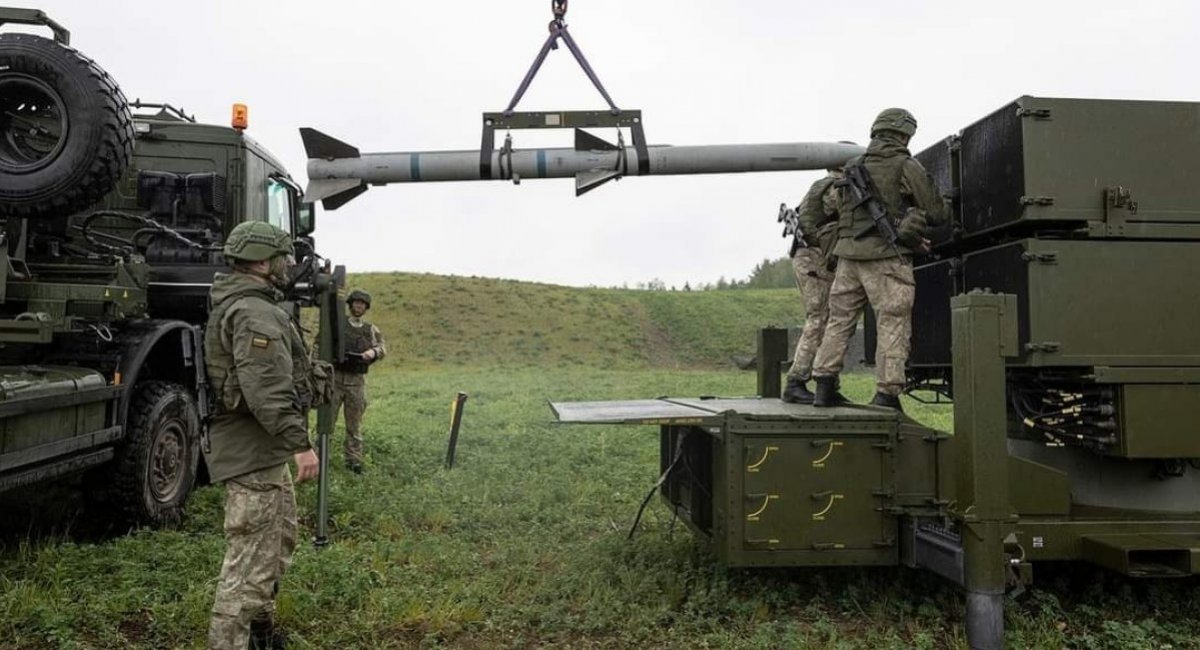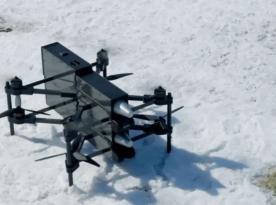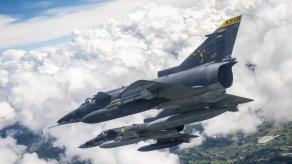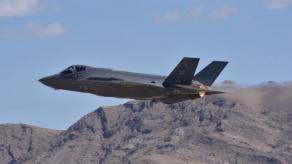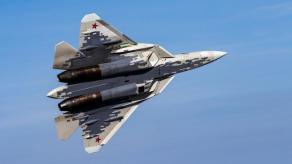One of the U.S. Army's interests lies in the Indirect Fires Protection Capability program, a large-scale project aiming to create an effective countermeasure to a whole variety of incoming threats — from big missiles to miniature mortar shells. Part of this venture is the Enduring Shield, an air defense system supposed to repel cruise missiles and long-range attack drones.
It has already been revealed that one of the anti-aircraft missiles for the Enduring Shield will be the AIM-9X Sidewinder, another one is currently being considered. The Pentagon has already issued an official request and plans to select a new missile to use in this system by 2025, and vendors will present their capabilities during demonstrations scheduled for 2026–2027.
Read more: Unexpected Information About the Delivery of Skynex Air Defense System to Ukraine
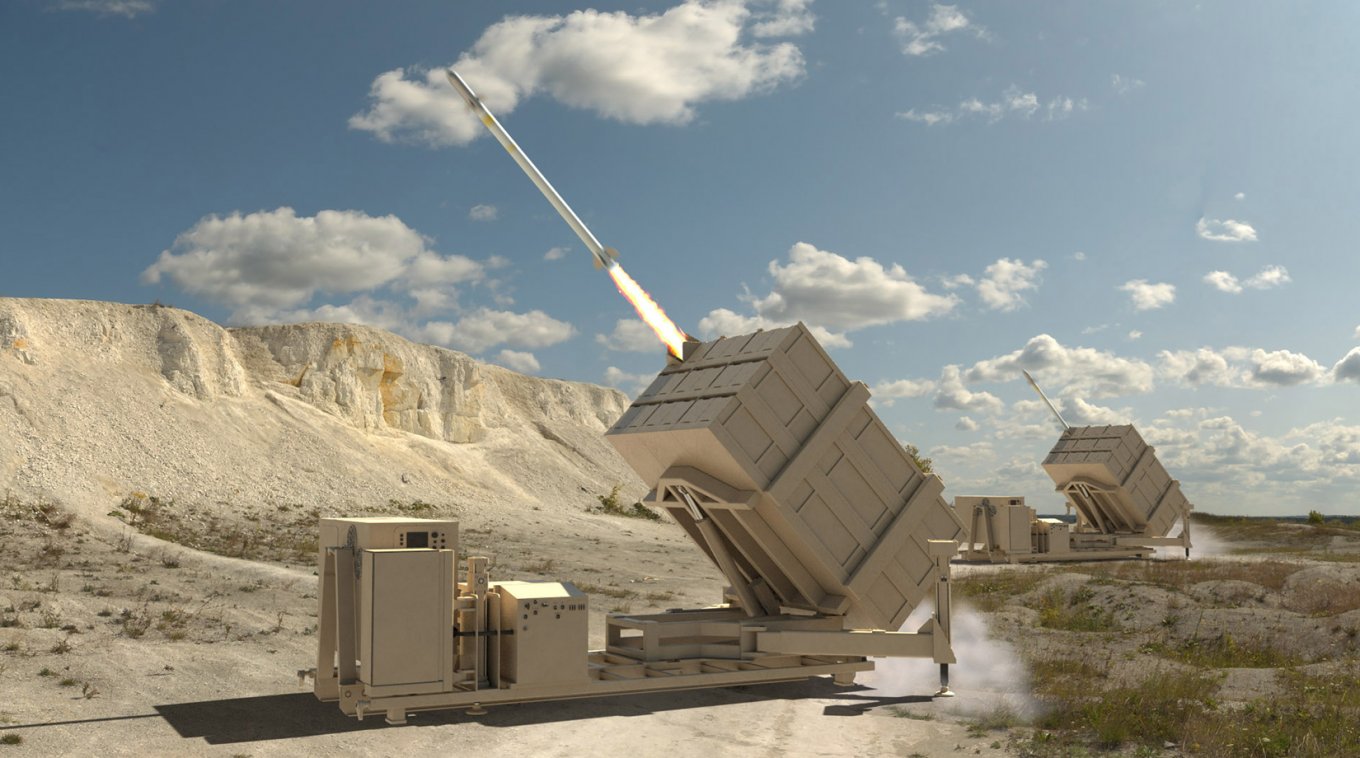
Notably, the traditional pair to the AIM-9 is the AIM-120. Both constitute the standard set of air-to-air missiles for all U.S. aircraft and both are integrated with the NASAMS ground-based system. According to Breaking Defense, the current list of competitors for the contract includes Lockheed Martin with an undeclared product, and Rafael with the Tamir missile from the Iron Dome system, which will be manufactured in the U.S. under the local brand name SkyHunter.
Meanwhile, RTX (Raytheon) has not yet confirmed its participation in the selection of the second interceptor. Although this company has already won the first spot with its AIM-9, the same company also makes the AIM-120 which could become a potent rival.
Brigadier General Frank Lozano, program executive officer for the U.S. Army's missile and space programs, explained to Defense News that the AIM-120 is not the best option for such an air defense system. The officer explains that a very important parameter when fighting against cruise missiles is the number of interceptors one launcher can carry at a time.
A single Enduring Shield launcher stores up to 18 AIM-9X missiles, but if loaded with AIM-120Ds instead, the magazine would only have a capacity for six. That is why the U.S. Army is currently looking for a missile that will have the capabilities of the AIM-120D but in the size of the AIM-9X.
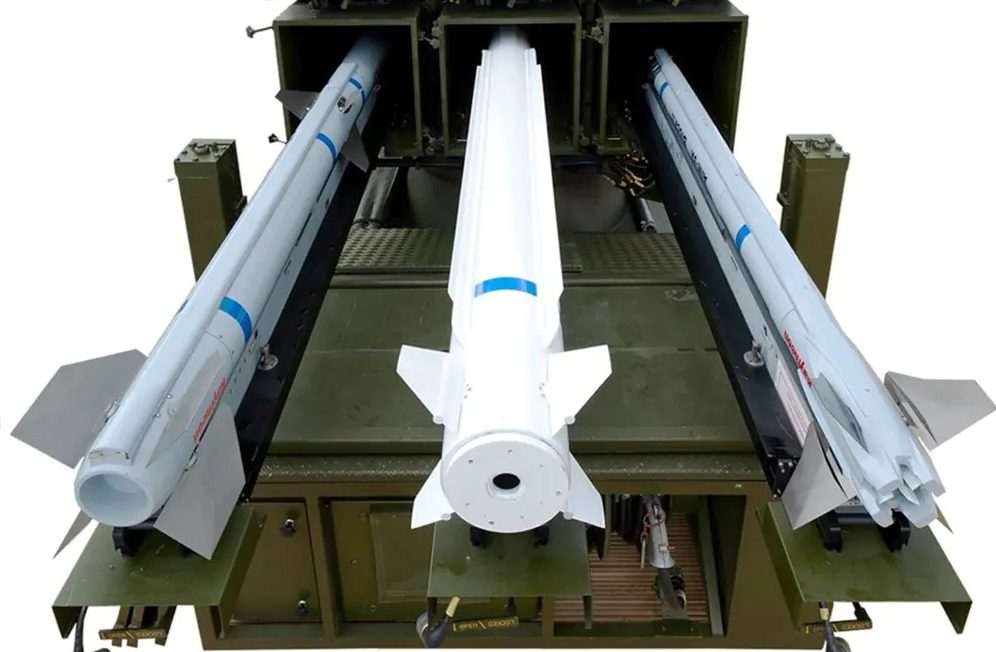
The reason why magazine capacity is important is quite simple. While an Enduring Shield, a system with four launchers, can theoretically shoot down 72 targets when loaded with missiles the size of the AIM-9X, that number drops to only 24 neutralized targets if all the slots are filled with AIM-120s. Although, we should keep in mind that the kill probability is never 100% for any interceptor.
Moreover, no matter how effective an air defense system is, it can still be oversaturated by the sheer number of cruise missiles or long-range loitering munitions discharged all at once. That is also why the number of interceptors ready for engagement is an extremely important parameter for ground-based air defense systems in particular since their primary function is not to counter aircraft but to intercept these kinds of threats. After all, the price matters, too: an AIM-120D costs $1.37 million per unit for the U.S.
On a final note from Defense Express, we should pinpoint that these calculations are not purely theoretical. The direct effect of evaluating the priorities when approaching air defense issues is clearly visible on the example of the war between russia and Ukraine. In fact, the U.S. is yet to fully realize which way of solving certain pressing problems is the most effective, as we still see expensive $60-million Patriot interceptors being used to repel russian strikes instead of spending a single volley of HIMARS rockets worth $1.3 mln to wipe out the enemy launchers — a Hobson's choice dictated by politics rather than military rationale.
Read more: About russian S-400 Launching Missiles on Kyiv While Being 45 km From Border




